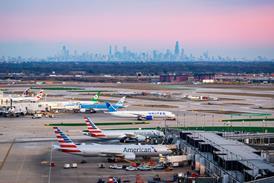How do you calculate the cost of an accident? Beyond, that is, the simple, unquantifiable human tragedy of the event.
But as more details emerge on the fatal April crash of an H225 helicopter on Norway’s west coast, some of those costs are also becoming clear.
With the Super Puma fleet now grounded for safety reasons, operators are faced – again – with a potentially long-term absence of a substantial part of their fleets.
Given the current state of the oil and gas sector, that may not mean too much operationally, but even so, it comes with a price. For instance, CHC Helicopter estimates that it will have to pay around $1.8 million to convert crews onto replacement aircraft.
And with operators looking to raise finance through equipment sales, the prospect of a highly depressed market for the H225 does not augur well.
But the real financial loser, particularly if the fault is eventually laid at its door, will be Airbus Helicopters.
The airframer has only recently salvaged customer trust in the wake of previous accidents. Now its reputation lies in tatters again; at least one operator has said it will not use the H225 in the North Sea in future.
From having had a stranglehold on the market, it now faces coming a distant second to arch-rival Sikorsky.
Of course, it may yet recover. But there is absolutely no room for error. Lives depend on it.
Source: Flight International

























